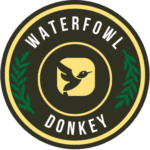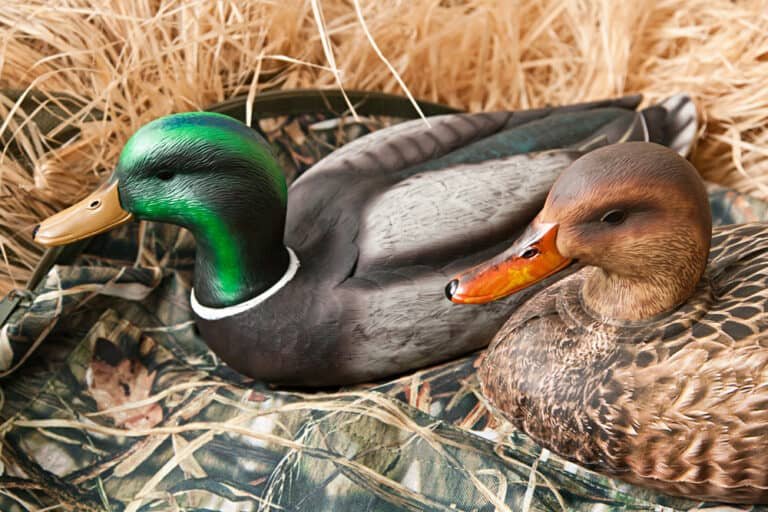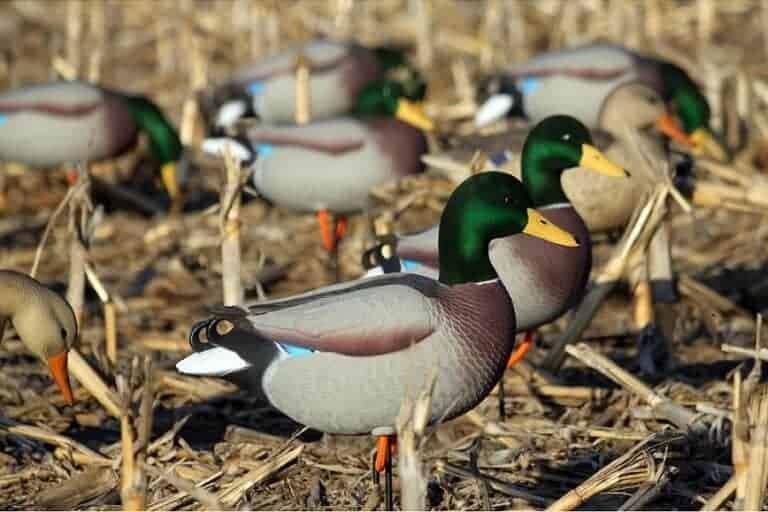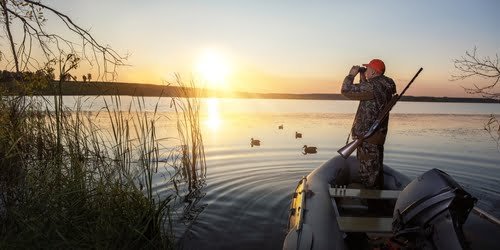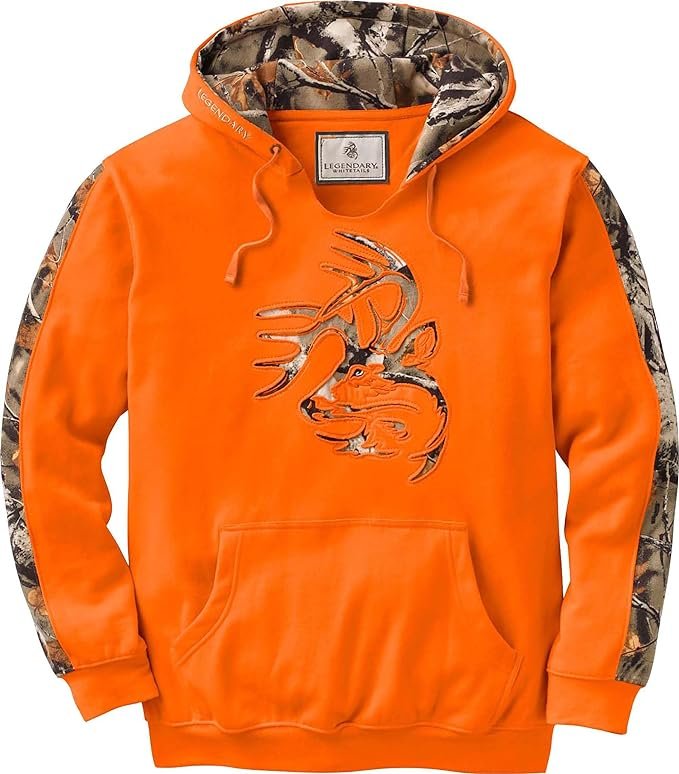Best Waterfowl Shotgun: Expert Picks for the Best Shotguns
Waterfowl hunting is a cherished tradition among outdoor enthusiasts, offering an exhilarating experience as they navigate the wetlands in pursuit of ducks and geese. Central to this pursuit is the waterfowl shotgun, a specialized firearm designed specifically for this type of hunting. This blog will explore the best waterfowl shotgun on the market.
A waterfowl shotgun is a long-barreled firearm that can propel ammunition with power and accuracy over long distances, ensuring successful engagement with fast-flying waterfowl targets. Selecting the best waterfowl shotgun to maximize one’s chances of success and enhance the overall hunting experience is crucial.
Definition of the Best Waterfowl Shotgun
A waterfowl shotgun is a dedicated firearm engineered for hunting ducks, geese, and other water-dwelling avian species. Unlike other shotguns designed for different purposes, such as upland game or clay shooting, the waterfowl shotgun possesses distinct features tailored to meet the specific demands of engaging birds on or near bodies of water.
These shotguns typically have longer barrels to enhance accuracy and allow for better swing dynamics when tracking airborne targets. Additionally, they often incorporate weather-resistant finishes to withstand exposure to moisture encountered during wetland excursions.
Importance of choosing the best waterfowl shotgun
Selecting the best waterfowl shotgun is paramount for several reasons directly impacting performance and safety during hunts. Firstly, a well-suited shotgun ensures effective shot placement on fast-moving targets like ducks or geese in flight.
The right combination of barrel length, choke selection, and action type can significantly influence pattern density and effective range – crucial factors when engaging distant or evasive birds. Furthermore, investing in a high-quality waterfowl shotgun increases reliability while minimizing mechanical failures that may compromise opportunities during critical moments in the field.
Appropriate firearm selection contributes to hunter safety by reducing the risk of accidents or injuries associated with using inadequately designed shotguns. The best waterfowl shotgun will offer ergonomic features, robust construction, and enhanced recoil management to ensure a secure and comfortable shooting experience.
By understanding the definition of a waterfowl shotgun and recognizing the importance of choosing the best firearm for this specific hunting endeavor, enthusiasts can make informed decisions when selecting their equipment. In the following sections, we will delve deeper into factors that should be considered when making this crucial choice, including gauge and chamber size, action type, barrel length, choke selection, and design features offered by top waterfowl shotgun brands.
Factors to Consider when Choosing the Best Waterfowl Shotgun
When it comes to selecting the best waterfowl shotgun, several important factors should be taken into consideration. These factors ensure that you have a firearm optimized for the specific requirements of waterfowl hunting. Gauge and chamber size, action type, and barrel length with choke selection are crucial considerations for any avid waterfowler.
Gauge and Chamber Size: Overview of Different Gauges (12, 20, 28)
One of the primary considerations when choosing a waterfowl shotgun is the gauge. The gauge refers to the diameter of the gun’s bore and determines its caliber or size. The most common gauges for waterfowl hunting include 12 gauge, 20 gauge, and occasionally 28 gauge shotguns.
The 12-gauge shotgun is widely regarded as the most versatile choice for waterfowlers due to its wide variety of ammunition options and high pellet capacity. It offers excellent power and range, making it suitable for geese or larger ducks.
On the other hand, those who prefer a lighter recoil or have smaller frames may find the 20-gauge shotgun more manageable. It has slightly less power but can still effectively take down ducks or smaller geese.
The less common but increasing in popularity is the 28-gauge shotgun. This gauge provides an even gentler recoil than the 12 and 20 gauges while maintaining respectable performance on small to medium-sized birds such as teal or wood ducks.
Explanation of Chamber Size and Its Impact on Ammunition Compatibility
In addition to considering the gauge, understanding chamber size is essential for selecting a compatible ammunition type and ensuring reliability in your chosen shotgun. The chamber size refers to how long shells of specific lengths fit into the chamber of a shotgun.
Most waterfowl shotguns are chambered for two ¾-inch, 3-inch, or three ½-inch shells. The chamber size directly affects ammunition compatibility, as using shells longer than the designated chamber size can lead to malfunctions or even dangerous conditions.
It is crucial to precisely match the shell length to your shotgun’s chamber size. For example, if you have a shotgun with a chamber designed for 3-inch shells, using shorter shells like the common two ¾-inch may not create a proper seal and can negatively impact performance.
Action Type: Break-Action Shotguns (Single-Shot, Double-Barrel), Pump-Action Shotguns, Semi-Automatic Shotguns
Regarding action types in waterfowl shotguns, there are three primary options: break-action shotguns (single-shot or double-barrel), pump-action shotguns, and semi-automatic shotguns. Each has advantages and disadvantages depending on personal preference and specific hunting scenarios.
Break-action shotguns are simple and reliable firearms that appeal to many traditionalists in the hunting community. Single-shot break actions offer simplicity, with only one round available before reloading.
Though limited in capacity, they have minimal moving parts, making them highly reliable in harsh weather conditions. On the other hand, double-barrel break actions provide two quick shots before reloading but also come at an increased cost.
Pump-action shotguns have been popular among waterfowlers for decades due to their reliability and versatility. With their ability to cycle rounds by manually sliding the forend back and forth after each shot, they offer quick follow-up shots when needed.
Additionally, pump-actions tend to be more affordable than semi-automatics while maintaining excellent durability. Semi-automatic shotguns have gained immense popularity for waterfowl hunting because they can fire multiple rounds without manual cycling.
These shotguns use the energy produced by each shot to load the next round, resulting in faster follow-up shots and reduced felt recoil. However, they can be more sensitive to environmental conditions than pump actions and may require more regular maintenance.
Advantages and Disadvantages of Each Action Type
Each action type has its own set of advantages and disadvantages. Break-action shotguns offer simplicity and reliability but lack quick follow-up shots.
Pump-action shotguns provide excellent reliability, affordability, and reasonable capacity but require manual cycling between shots. Semi-automatic shotguns offer rapid-fire capabilities with reduced recoil but can be more prone to malfunctions in extreme weather conditions.
Barrel Length and Choke Selection: Ideal Barrel Length for Waterfowl Hunting
The choice of barrel length is critical when selecting a waterfowl shotgun, as it affects both handling characteristics and effective range. The ideal barrel length generally falls between 26 and 30 inches for most waterfowl hunters.
A slightly longer barrel offers advantages, such as improved balance, smoother swing, increased sight radius, better follow-through, and reduced recoil due to enhanced weight distribution. However, extremely long barrels might become cumbersome in tight or fast-paced hunting scenarios.
Different Choke Options (Full, Modified, Improved Cylinder): How Chokes Affect Pattern Density and Effective Range
Chokes play a crucial role in enhancing the performance of your shotgun by controlling the spread or pattern density of pellets downrange. The three most common choke options for waterfowl hunting are full choke, modified choke, and improved cylinder choke.
A full choke delivers a tight pattern with maximum pellet density at greater distances. It is ideal for long-range shots or when targeting larger waterfowl like geese.
Modified choke balances pattern density and effective range, making it suitable for most waterfowl hunting scenarios. Improved cylinder choke offers a more open pattern with less constriction, allowing for better performance at closer ranges or when targeting smaller ducks.
Selecting the appropriate choke depends on the hunting situation and personal preference. Waterfowlers often carry multiple chokes to adapt to changing conditions and varying shooting distances in the field.
Design Features for the Top Waterfowl Shotgun
Camouflage Finishes and Durable Materials
Submerged within the vast wetlands, waterfowlers must harness the power of concealment to outsmart their prey. Camouflage finishes adorn the finest waterfowl shotguns, blending seamlessly into the natural environment and providing hunters with a crucial advantage.
These specialized finishes mimic the patterns found in marshes, reeds, and open waters, effectively breaking up the outline of the shotgun and rendering it nearly invisible to vigilant fowl. Additionally, these finishes often incorporate earthy tones like olive green, brown, and tan to further aid in disguising the firearm amidst its surroundings.
Durable materials such as synthetic stocks or corrosion-resistant metals like stainless steel are employed to withstand moisture-rich environments encountered during waterfowling expeditions. These materials enhance longevity and ensure that waterfowlers can rely on their firearms even when faced with adverse weather conditions.
Sights and Optics
To accurately track fast-flying targets in varying light conditions, waterfowl shotguns are equipped with specific sighting systems tailored for this demanding pursuit. The most common sight used by waterfowlers is a bead sight—a small metal or fiber optic dot located at the end of the shotgun barrel. This simple yet effective sight allows for quick target acquisition as it effortlessly aligns with a shooter’s dominant eye.
Another popular option is a fiber optic sight, which employs brightly colored fibers that gather ambient light to create a highly visible aiming point, even in low-light situations. Red dot sights are an excellent choice for those seeking advanced precision and improved accuracy on distant targets or in challenging conditions such as fog or rain.
These optics give shooters an illuminated reticle superimposed on their field of view, allowing for increased focus on fast-moving birds while maintaining high accuracy. Whether utilizing traditional bead sights, fiber optic sights, or embracing the advantages of red dot optics, waterfowlers have various sighting options to suit their individual preferences and hunting conditions.
Top Waterfowl Shotgun Brands
Browning Shotguns
Browning shotguns have a long-standing reputation in the waterfowl community, known for their exceptional craftsmanship and reliability. Browning has consistently produced top-quality firearms with a rich history dating back to the late 19th century. Their shotguns have become synonymous with waterfowl hunting due to their superior performance in harsh conditions.
Browning Maxus is one of their most popular models, celebrated for its lightweight design, reduced recoil, and fast cycling capabilities. Another notable option is the Browning A5, which combines old-world elegance with modern technology, offering excellent balance and smooth handling.
Beretta Shotguns
Beretta has an illustrious history and legacy of producing high-quality firearms since 1526. Waterfowlers around the world highly regard their shotguns.
Beretta’s commitment to innovation and craftsmanship has made them a trusted brand among hunters. One of their standout models for waterfowl hunting is the Beretta A400 Xtreme Plus.
It boasts features specifically designed for extreme conditions encountered during waterfowl hunts, such as Aqua Technology for corrosion resistance and a Kick-Off Plus system that reduces recoil significantly. The A400 Xtreme Plus offers superior reliability, versatility, and a sleek Italian design.
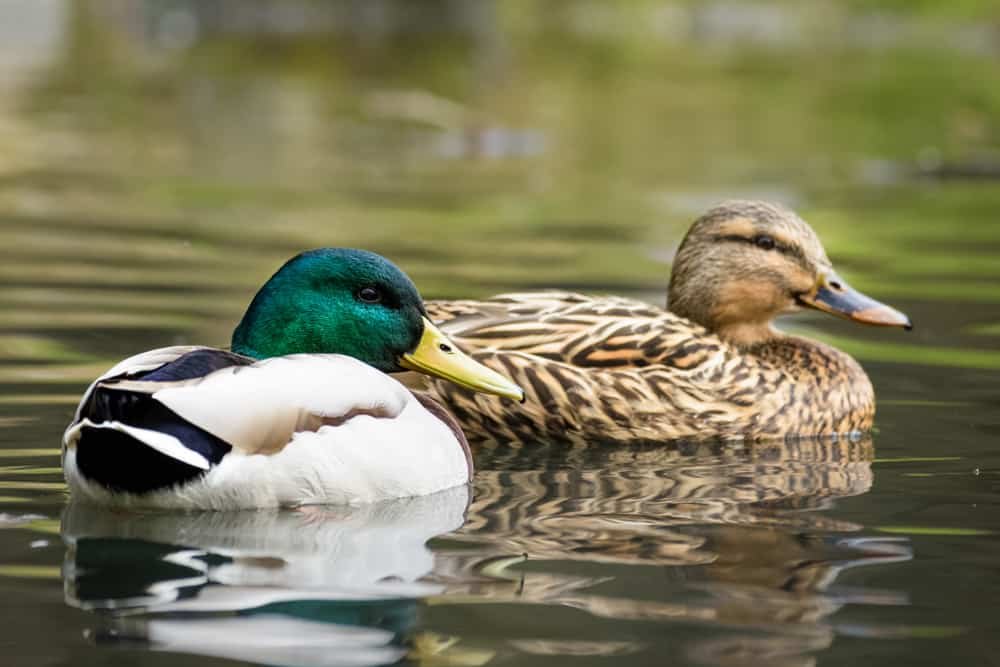
Conclusion – Best Waterfowl Shotgun
When it comes to selecting a waterfowl shotgun, considering top brands like Browning and Beretta can provide you with reliable options that meet the specific demands of this type of hunting. Both brands have established credibility within the waterfowl community due to their extensive experience in crafting firearms built to withstand challenging environments while delivering outstanding performance.
Whether you choose a Browning Maxus or A5 or opt for a Beretta A400 Xtreme Plus, you can be confident in your selection. Remember, investing in a reliable, high-quality shotgun tailored for waterfowl hunting enhances your overall experience in the field and increases the chances of a successful and enjoyable hunt.
